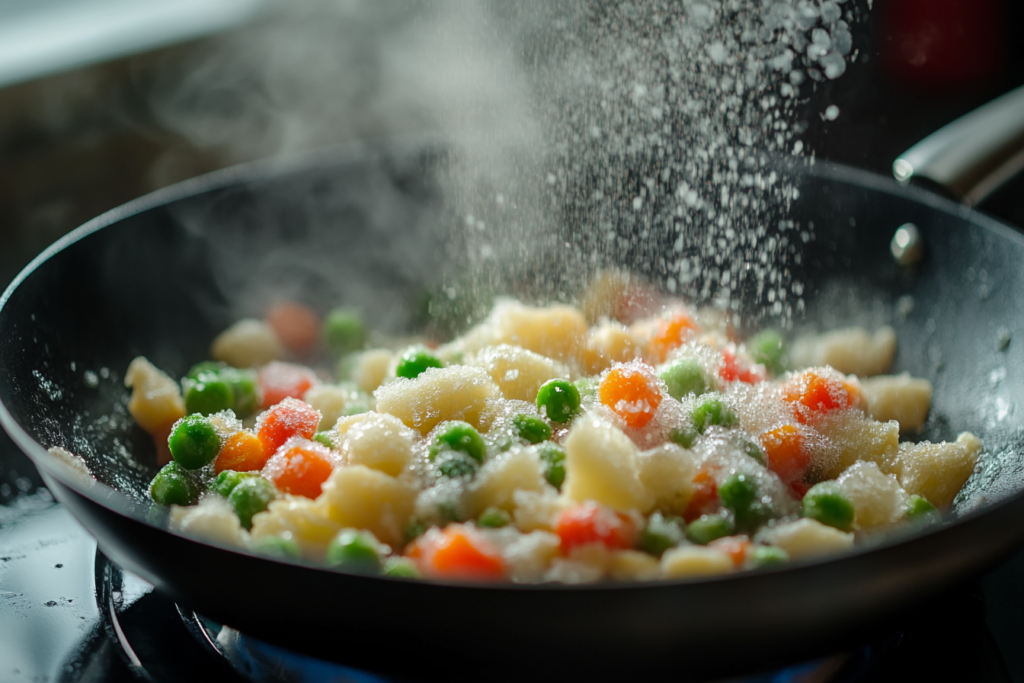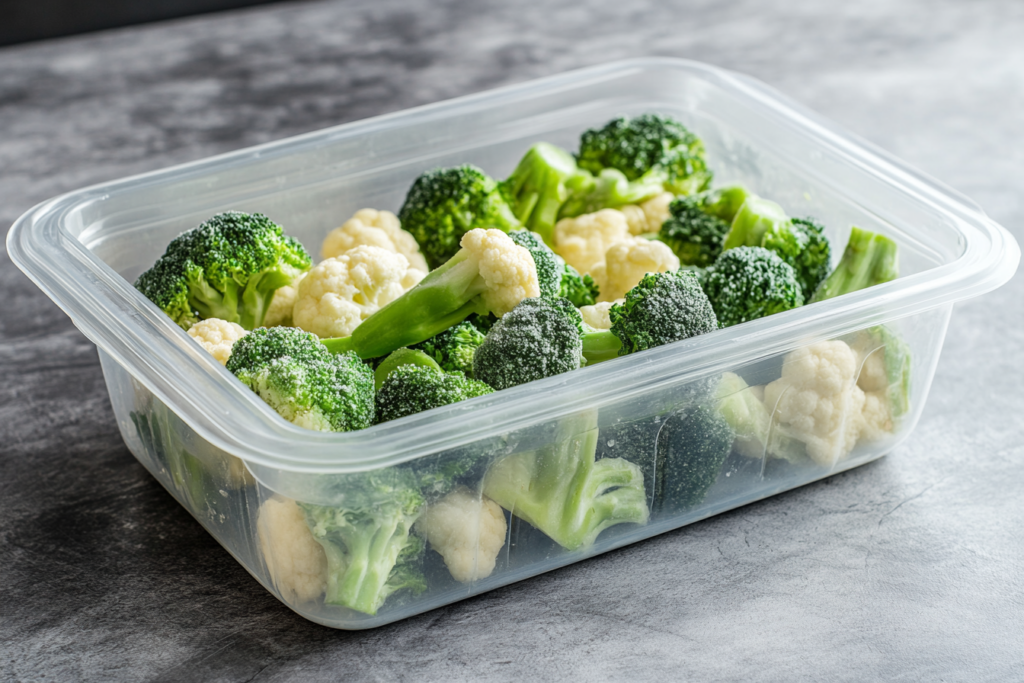If you’ve ever wondered why your frozen vegetables turn out limp and flavorless despite following package instructions, you’re not alone. The most common mistake isn’t in the vegetables themselves – it’s in how we prepare them. Whether you’re cooking broccoli, cauliflower, or green beans, the right technique can transform these convenient freezer staples into delicious sides that rival their fresh counterparts.
Skip the thawing step completely

One of the biggest mistakes is defrosting frozen vegetables before cooking. This extra step isn’t just unnecessary – it’s actually counterproductive. When you thaw frozen vegetables, the ice crystals melt and saturate the produce, leading to excess moisture that results in mushy, limp results.
Instead, add your vegetables directly from the freezer to your cooking vessel. This immediate temperature change helps preserve their structure and prevents them from becoming waterlogged. Most frozen vegetables are already partially cooked through the blanching process, so they need less cooking time than you might expect.
Ditch the microwave and boiling methods
While package directions often suggest microwaving or boiling, these moist-heat cooking methods are the fastest way to end up with lackluster results. These techniques add more moisture to already water-rich frozen vegetables, leading to that dreaded mushy texture.
For superior results, opt for dry-heat cooking methods like roasting or sautéing. These techniques allow excess moisture to evaporate while creating appetizing caramelization. A large sheet pan is perfect for roasting frozen vegetables to crispy perfection.
Remember the magic temperature and timing
The ideal temperature for roasting frozen vegetables is 400°F. Start by placing them on a parchment-lined baking sheet without oil or seasonings. This might seem counterintuitive, but there’s science behind it – the initial roasting period helps remove excess moisture.
After 25-30 minutes, remove them from the oven, add your olive oil and seasonings, then return them to the oven for another 8-10 minutes. This two-step process ensures perfectly cooked vegetables with a satisfying texture.
Give them space to breathe
Overcrowding is another common pitfall when cooking frozen vegetables. When vegetables are too close together, they steam instead of roast, preventing that desirable caramelization. Spread them in a single layer with space between each piece.
What if you need to cook a large quantity? It’s better to use multiple baking sheets than to pile everything onto one. This might take a bit more time, but the improved results are worth the extra effort.
Master the storage timeline

Even properly frozen vegetables have a prime usage window. While they’re safe to eat indefinitely when kept at 0°F, their quality peaks within the first few months. After opening a package, try to use the remaining vegetables within two weeks.
Store unused portions in an airtight container or freezer bag with as much air removed as possible. This prevents freezer burn and preserves the vegetables’ quality. Consider investing in a vacuum sealer if you frequently store partial bags of frozen vegetables.
By avoiding these common mistakes, you can transform basic frozen vegetables into delicious, nutritious sides that might even have people asking for seconds. The key is treating frozen vegetables as their own ingredient category rather than a subpar substitute for fresh produce. With proper technique and timing, that bag of frozen broccoli in your freezer could become your next favorite side dish.
